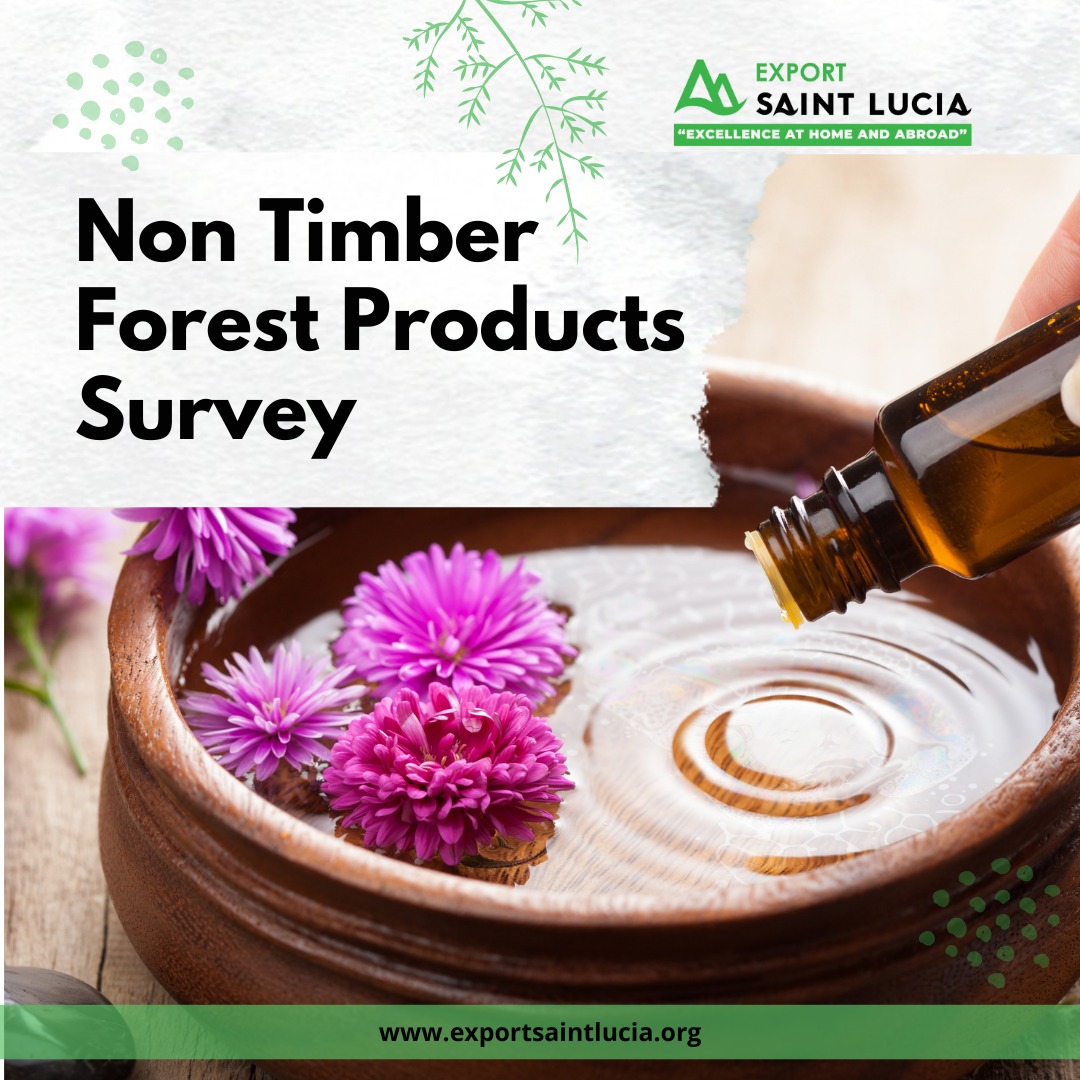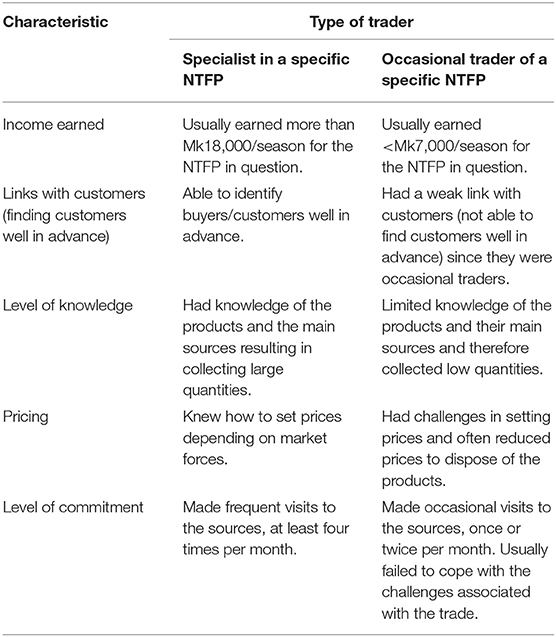
Non-Timber Forest Product Surveys
Importance of NTFPs
Non-timber forest products (NTFPs) are defined as any product other than timber that is naturally produced in forests and can be harvested for human use without cutting down trees.[1] These products play a significant role in the livelihoods of people worldwide, especially in rural areas of developing countries.[2] NTFPs include a wide variety of items, such as food (nuts, berries, mushrooms), medicinal plants, oils, perfumes, and construction materials.[1]
Survey Methods and Findings
NTFPs are crucial for subsistence, daily life, and the welfare of people globally, particularly in rural economies of the developing world.[2] They provide essential resources for food, medicine, construction, and income generation.[2] In many developing countries, millions of households depend on NTFPs for their nutritional and health needs.[2] Forests are valued for the products and benefits they provide, including food, fodder, medicine, and income from harvesting, processing, and trade.[2]
Surveys are a common method used to understand the use, trade, and economic value of NTFPs. These surveys often involve collecting data on the types of NTFPs harvested, the quantities sold, the income generated, and the challenges faced by harvesters and traders.[3]
One study in the Omo Forest Reserve in Nigeria used a multi-stage sampling method to survey the role of NTFPs in rural livelihoods.[4] The study identified various NTFPs, including biological products like snails, sponges, and hunting animals, as well as non-biological products like sand.[4] The survey revealed that the majority of respondents were female, with a mean age of 47 years, and most had at least a primary education.[4] The study found that NTFPs contribute significantly to the well-being of rural inhabitants and provide a means for economic growth and sustainable forest management.[4]
Another study in southwest Malawi used a mixed-methods approach, including household surveys, value chain analysis, and key informant interviews, to examine the use and trade of NTFPs along a deforestation gradient.[5] The study found that all households used at least one NTFP, with firewood being the most widely used.[5] The prevalence of selling NTFPs was correlated with forest cover, while buying was inversely correlated.[5] The study highlighted the importance of NTFPs in the household economy and the influence of forest cover on their use and trade.[5]
Challenges and Considerations
A survey in West Virginia aimed to educate landowners about NTFPs and assess harvesting and interest levels.[6] The survey revealed that landowners in rural areas were more likely to harvest medicinal herbs.[6] The size of landholdings was a significant factor in the harvesting of medicinal herbs, edible products, and specialty wood products.[6]
Conclusion
Several challenges are associated with NTFP trade, including transportation difficulties, high variability in production, and a lack of market expertise.[7] Overharvesting can lead to the endangerment of some NTFPs, and the long supply chains can result in underpayment or exploitation of harvesters.[1]
NTFP surveys are essential for understanding the role of these products in rural livelihoods, their economic value, and the challenges associated with their use and trade. These surveys provide valuable information for developing sustainable management strategies and promoting the conservation of forests and the communities that depend on them.[4]
Authoritative Sources
- What is a ‘non-timber forest product’? [Conservation International]↩
- Survey of Identified Non Timber Forest Products and Their Role in the Rural Livelihood of Inhabitants of Omo Forest Reserve, Ogun State [International Journal of Agriculture and Forestry]↩
- Assessment of the economic value of non-timber forest products through a commodity chain approach. [World Agroforestry]↩
- Survey of Identified Non Timber Forest Products and Their Role in the Rural Livelihood of Inhabitants of Omo Forest Reserve, Ogun State [International Journal of Agriculture and Forestry]↩
- Non-timber Forest Product Use and Market Chains Along a Deforestation Gradient in Southwest Malawi. [Frontiers in Forests and Global Change]↩
- Promoting the production of non-timber forest products. [West Virginia University Research Repository]↩
- Increased trade in non-timber forest products (NTFP) has been promoted as one possible means to slow tropical deforestation by increasing the economic value of intact forest. [CIFOR]↩


Answer Provided by iAsk.ai – Ask AI.
Sign up for free to save this answer and access it later
Sign up →